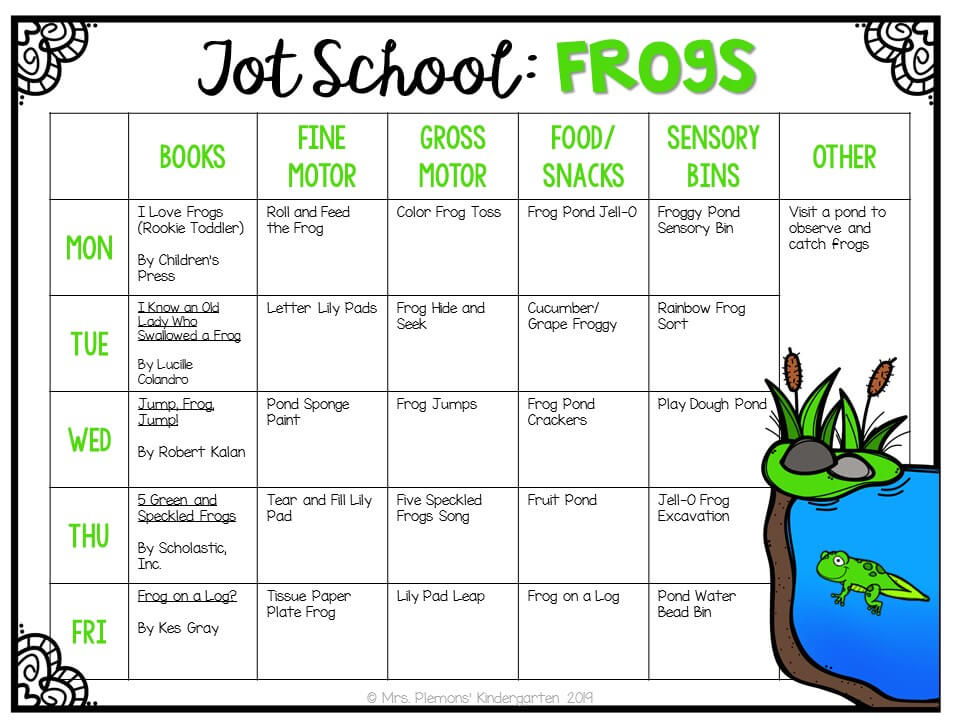Paid search can be a valuable component of an integrated marketing campaign. From budget considerations to campaign visibility, every aspect plays a role in shaping the outcome. Regular and thorough analysis of analytics is crucial for staying on course,...

Paid search can be a valuable component of an integrated marketing campaign. From budget considerations to campaign visibility, every aspect plays a role in shaping the outcome. Regular and thorough analysis of analytics is crucial for staying on course, with the flexibility to adapt and optimize for peak performance. To get you started on beginning a paid search campaign for your B2B organization, we cover some of the paid search basics you need to set yourself up for success.
Define Your Paid Search Goals
Set yourself up for success by defining what you are trying to achieve with your paid search campaign. There are a variety of goals that you can set. Here are some to consider:
Build brand awareness Lead generation Drive engagement to a content asset Generate interest in a product or serviceA clearly stated and measurable objective is important to be able to properly analyze the results frequently and optimize your paid search campaign for better outcomes.
Select the Right Keywords
Pay-per-click�(PPC) is a great marketing tool because you are only paying for the clicks that drive traffic directly to your website. To execute this effectively, it�s important to first choose the right keywords. The right keywords are specific, relevant to your company and offering as well as commonly searched. The wrong keywords can still generate clicks but won�t reach your target audience and therefore not help contribute to your campaign objective, meaning you pay for clicks that are not relevant to your business. When determining the best possible keywords for your campaigns consider these types of keywords that make up what and how users search: �
Branded Keywords: Words that contain the brand name or company name. Short-Tail Keywords: General searches that consist of only one to three words, such as �B2B marketing� or �PPC.� Long-Tail Keywords: General searches that consist of more than three to four words and tend to be more focused such as �B2B case study templates� or �lead generation services for SaaS.� These keywords also have higher conversion rates because the more specific a user gets, the higher their purchase intent.Review existing website metrics and search engine optimization (SEO) reports to discover popular words that are currently driving traffic to your website. Keep your goals in mind when researching keywords and try to view it from the perspective of the audience and their intent. Someone searching for �B2B marketing� might just be looking to learn the definition of B2B marketing while someone searching for �B2B marketing services in Austin� probably has a different end goal in mind.
Set a Budget
Paid search campaign spending can be flexible and work with the budget that your B2B organization has. Analyzing the target audience and industry benchmarks is crucial, as it helps in estimating the cost per click (CPC) and projecting potential reach. This gives you a better idea of how much you should be spending to be competitive in the market. To ensure that the budget is not exceeded, paid search campaigns should be monitored daily and optimized as needed. Whether you choose to set a weekly, monthly or quarterly budget, keep these things in mind:
Forecast Results: Forecast spend, lead generation and more by using Google�s Keyword Planner tool. This allows you to see projected conversions, clicks and cost for your campaign to better assess if the budget allocated is realistic. Review Data to Optimize Performance: Digging deep into the data you receive from your paid search campaigns is key to determining future spending. Doing so will highlight optimization opportunities to better utilize your budget and inform a future budget. Remain Flexible: If things don�t go as planned in terms of your campaigns, don�t be afraid to implement changes and keep testing. Utilize forecasting and SEO tools to discover new variations that might work instead. Sometimes, the actual results will not match the projected results, whether below or above the projections. If this is the case, understand what the differences were and what impact they had on your campaign.Discover the data and metrics that matter across marketing campaigns and what tools to utilize to gain in-depth performance insights. Download the Data-Driven Marketing: B2B Metrics that Matter eBook!
Analyze Your Paid Search Results
It�s essential to run an analysis of the paid search campaigns. There are a variety of metrics and statistics that you can look through, but focus on the key data points based on your goal. Try to decipher what changed for any fluctuations. Did you add keywords? Change your campaign copy? Change your landing page URL? Important data points to look at are impressions, click-through rate (CTR) and cost-per-click (CPC) to indicate the audience response to your changes. Most importantly, what were the conversion rates? Did you hit the initial goals you set to get viewers to buy, engage, gain knowledge or donate? It�s important to measure the campaign from start to end date to truly understand the full success of your campaigns.
Ready to boost your business through paid search? Launch is here to help. Request a free marketing consultation or contact us today to see how we can help you amplify your marketing and lead generation through paid search. �
The post B2B Paid Search Basics to Support Lead Generation appeared first on Launch Marketing.















